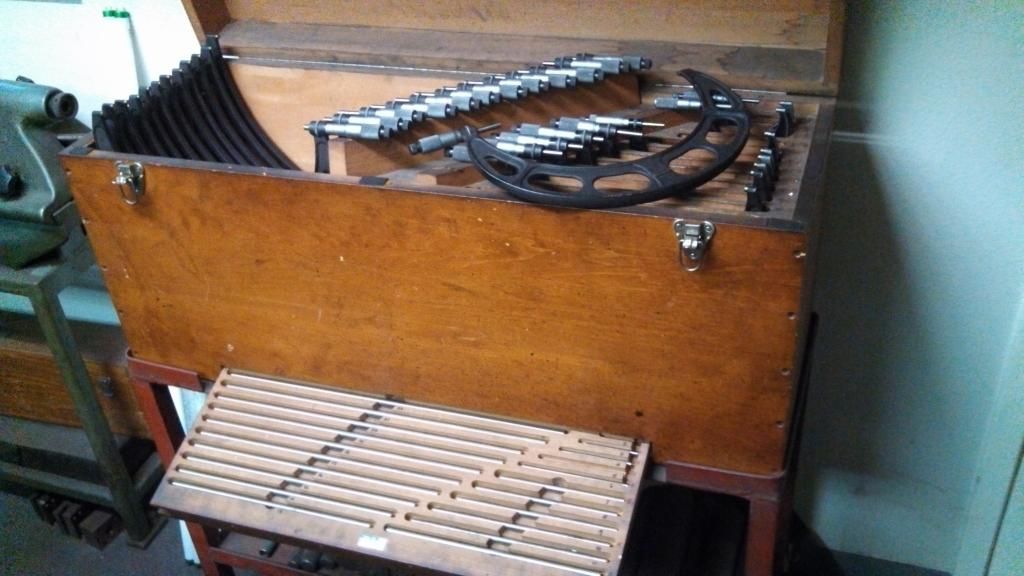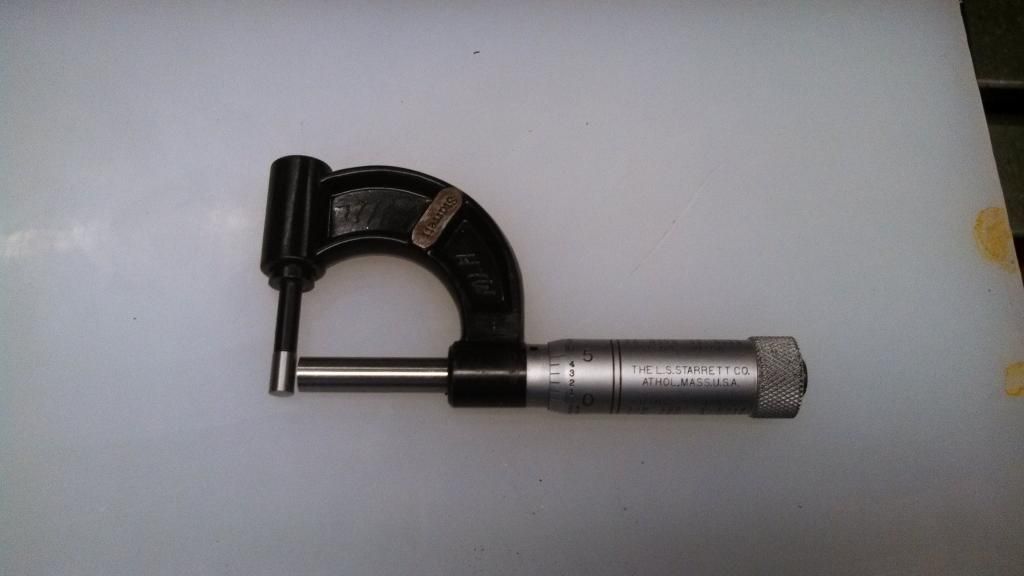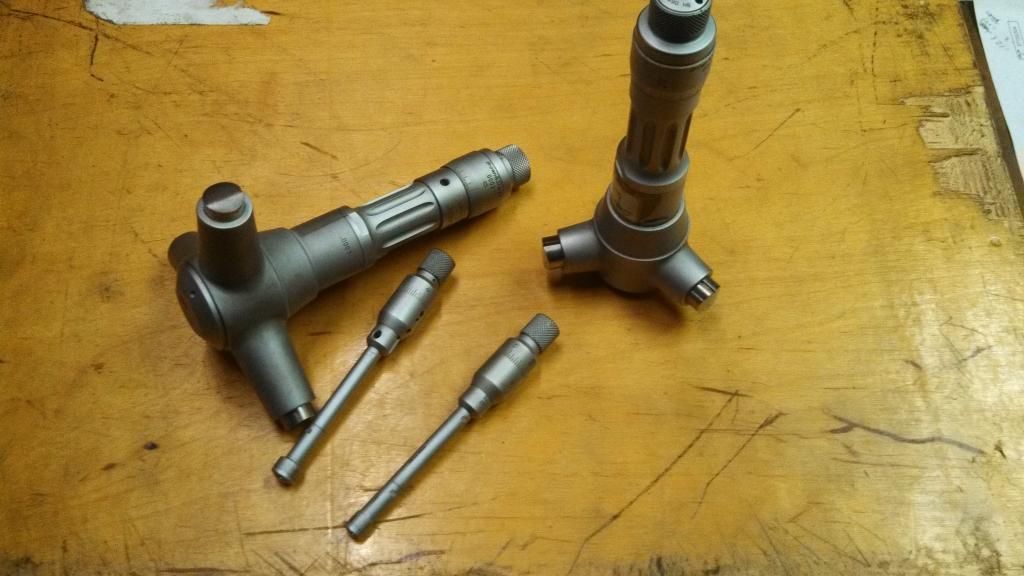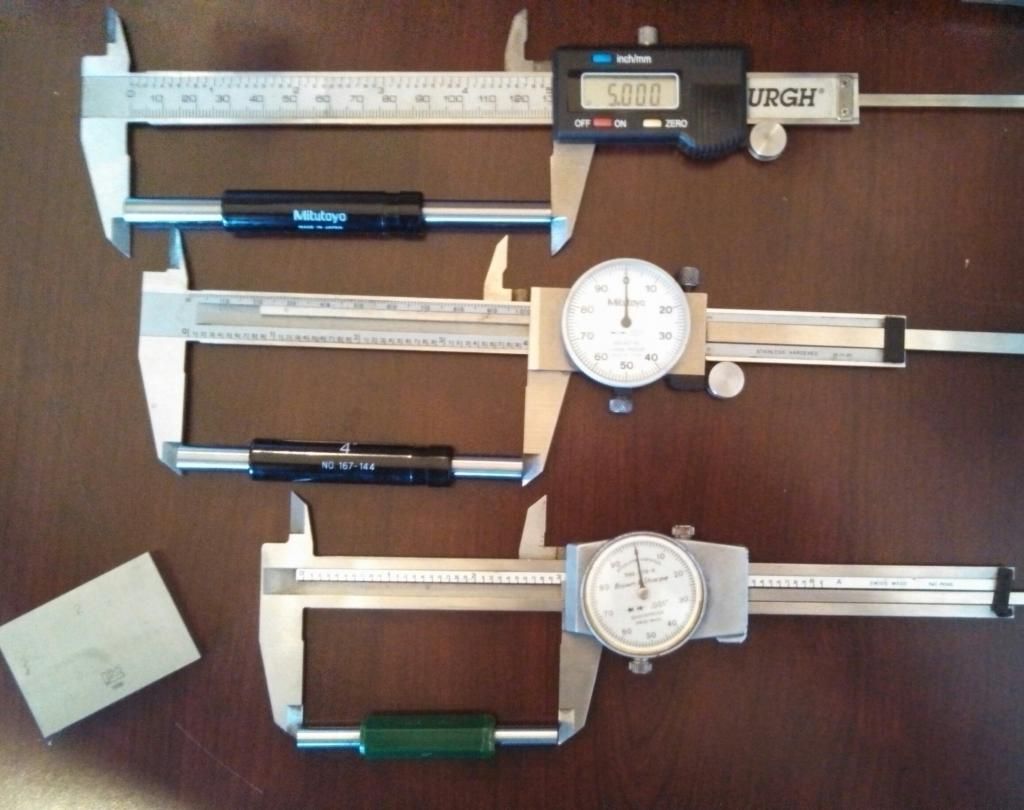Would .004 expansion on the belt, and web area just forward of the belt from new brass, to once fired raise any eyebrows? Never have really paid any attention to it before, but issues with a new rifle has made the micrometer come out.
I haven't had an opportunity to check from once fired to the second firing yet. I've always read that expansion of half a thousandth in the web area indicates pressure problems.
Any thoughts?
I haven't had an opportunity to check from once fired to the second firing yet. I've always read that expansion of half a thousandth in the web area indicates pressure problems.
Any thoughts?




